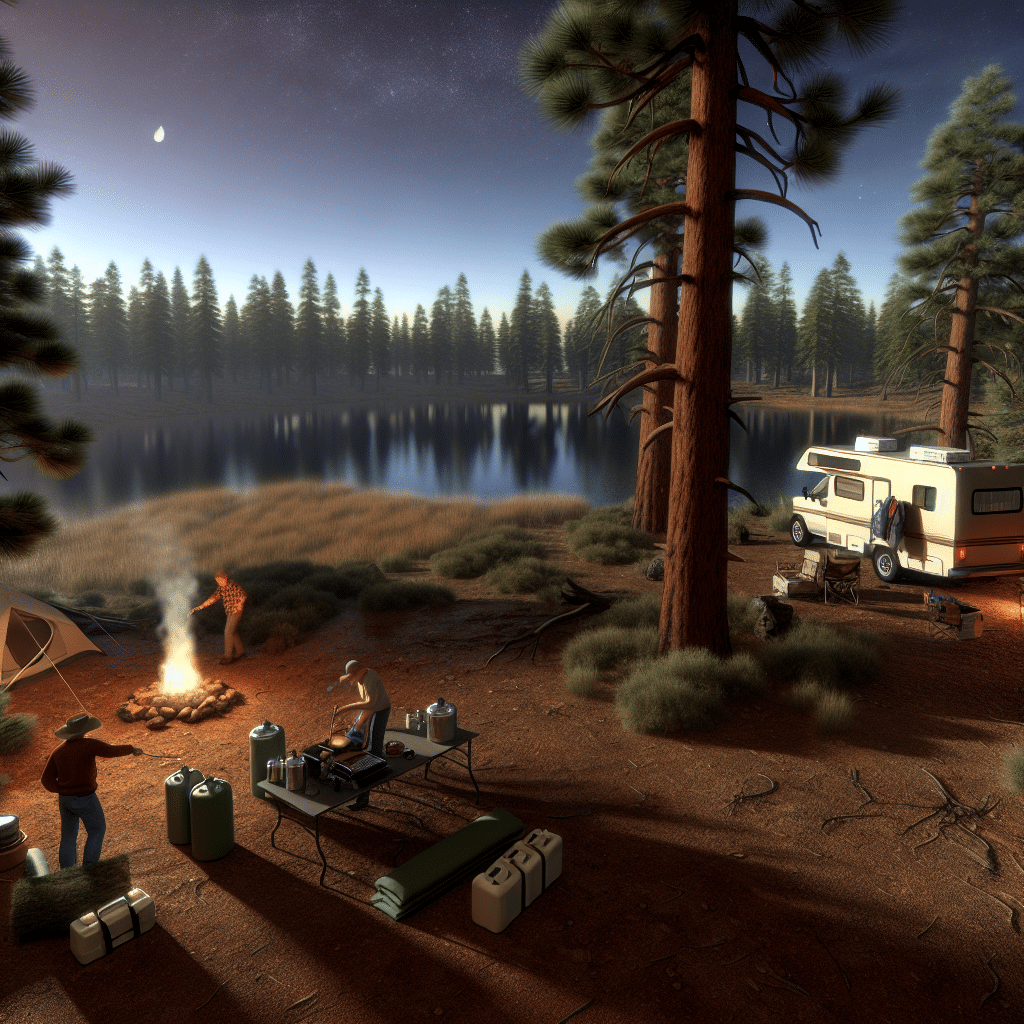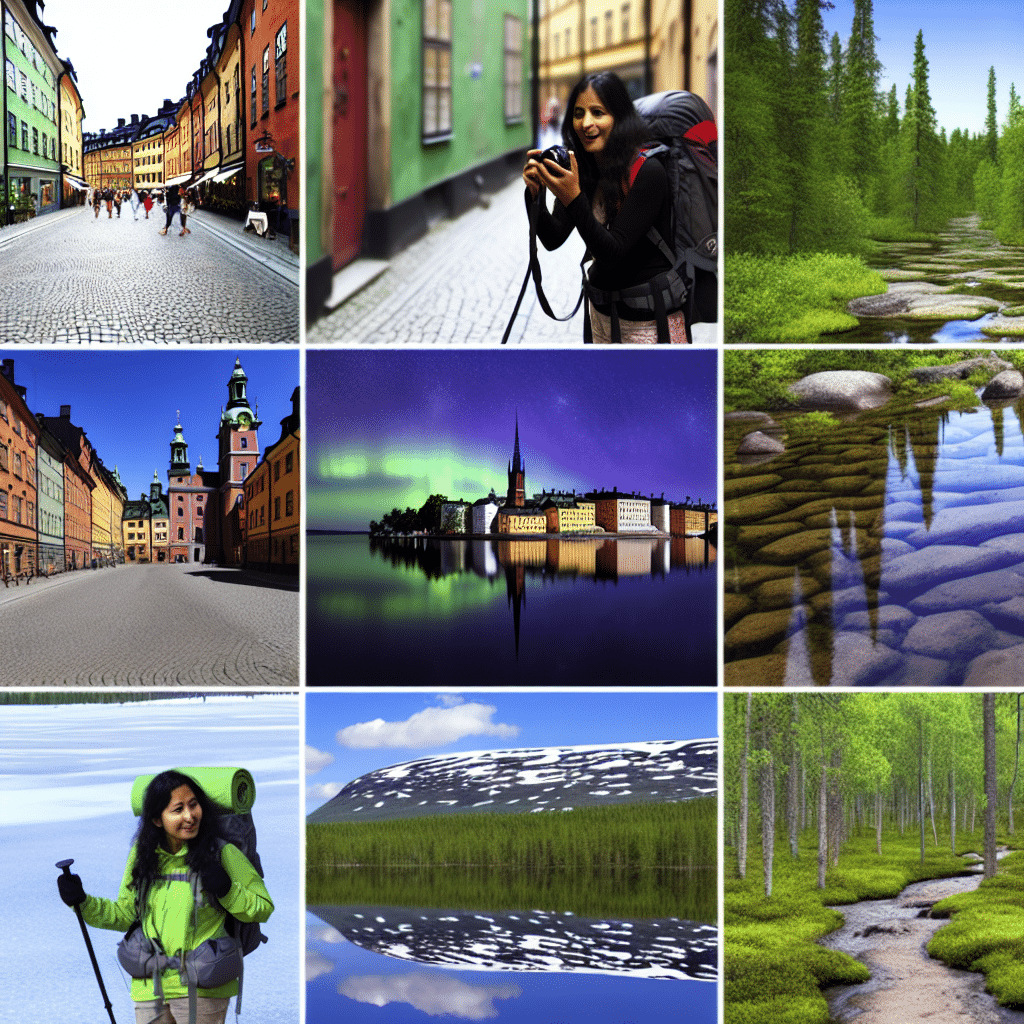In the realm of outdoor adventures, dry camping has surged in popularity among those seeking a raw and immersive connection with nature. But what exactly is dry camping, and why are more adventurers choosing this rugged style of camping? This article delves into the essence of dry camping, outlining its appeal, essentials, and the unique experiences it offers.
What is Dry Camping?
At its core, dry camping, also known as boondocking or wild camping, is the practice of camping without access to amenities such as water, electricity, and sewer hookups. Unlike traditional camping grounds that often provide these conveniences, dry camping is typically done in more remote or undeveloped areas. This form of camping emphasizes self-reliance and often takes place in public lands like national forests or Bureau of Land Management (BLM) areas.
The Allure of Dry Camping
The appeal of dry camping lies in its simplicity and the sense of adventure it provides. For many, the opportunity to escape the hustle and bustle of everyday life and immerse themselves in untouched natural environments is both invigorating and therapeutic. Without the distraction of modern conveniences, campers can fully engage with their surroundings, whether it’s enjoying the serene beauty of a secluded mountain range, the tranquility of a desert at sunset, or the wonder of a star-filled sky with minimal light pollution.
How to Prepare for a Dry Camping Adventure
Essential Gear and Supplies
When planning for a dry camping trip, preparation is key. Since you won’t have access to basic amenities, it is crucial to bring all necessary supplies with you. This includes:
– **Water:** Carry enough water for drinking, cooking, and hygiene. Consider portable water containers or a water purification system if you have access to natural water sources.
– **Power:** Bring a reliable power source such as solar panels, portable generators, or battery packs to charge essential devices.
– **Food:** Stock up on non-perishable food items and consider a portable stove or grill for cooking.
– **Waste Management:** Carry trash bags and be prepared to pack out all waste, following the Leave No Trace principles.
– **Safety Gear:** A first aid kit, navigation tools (maps, GPS), and emergency supplies are critical for safety.
Vehicle and Camping Equipment
Many dry campers use RVs, vans, or SUVs equipped for off-grid living. These vehicles often come with larger water tanks, solar panels, and other modifications to support extended stays without external resources. Tent campers can also enjoy dry camping by ensuring they have adequate shelter, sleeping gear, and storage solutions.
Why Choose Dry Camping?
Connection to Nature
Dry camping allows for a deeper connection to nature. With fewer distractions and modern intrusions, campers can engage more fully with their environment, leading to enhanced mindfulness and stress relief.
Cost-Effectiveness
Another significant advantage is cost savings. Many dry camping spots on public lands are free or require minimal fees, making it an affordable alternative to traditional campgrounds or RV parks.
Challenge and Self-Reliance
For those who relish a challenge, dry camping tests one’s ability to be self-sufficient. It fosters independence and problem-solving skills, as campers must rely on their resources and preparation to thrive in the wilderness.
Embrace the Challenge of Dry Camping
In conclusion, dry camping offers a unique and enriching outdoor experience that emphasizes simplicity, adventure, and a profound connection with nature. By understanding what dry camping entails and preparing adequately, you can embark on a rewarding journey into the wilderness, discovering both the beauty of the natural world and the satisfaction of self-reliance. Whether you’re a seasoned camper or a curious newbie, dry camping invites you to step off the beaten path and embrace the wild.




